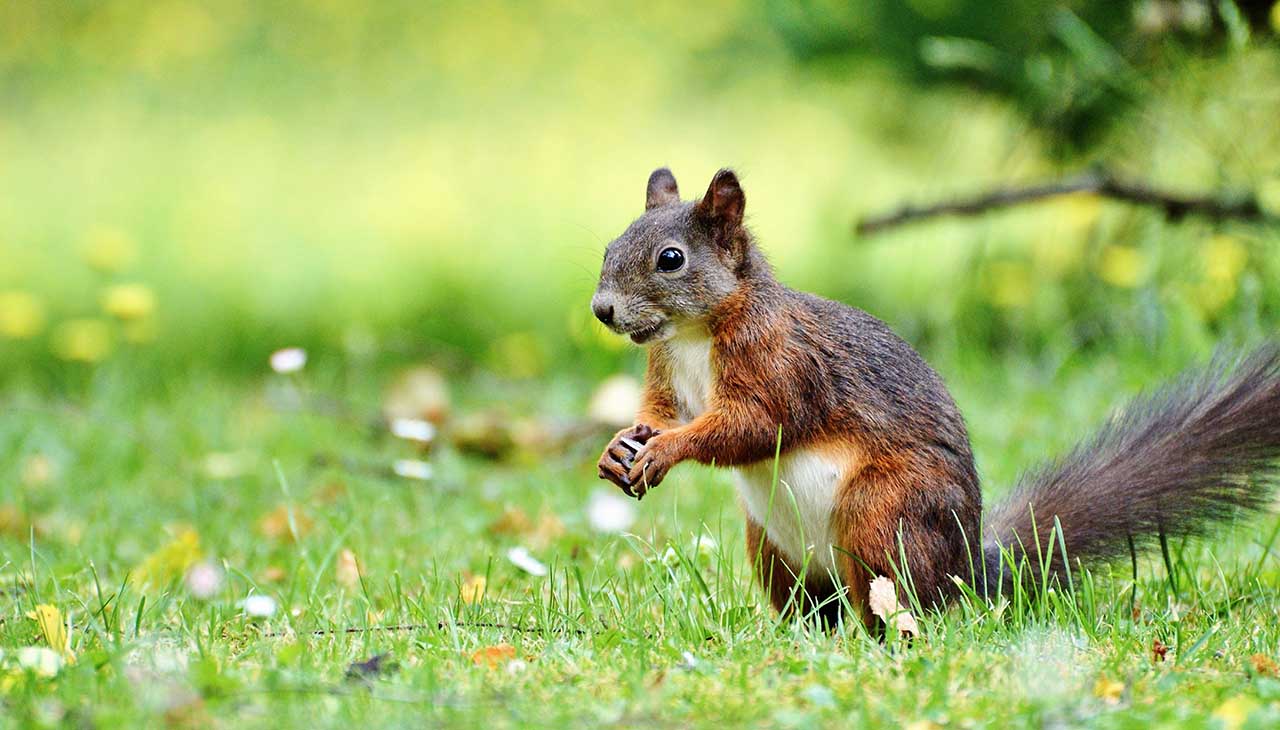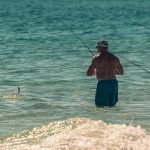Welcome to the exciting world of wildlife photography! Venturing into the great outdoors with your camera can be an exhilarating and rewarding experience. The thrill of capturing the raw beauty and untamed power of nature is a pleasure reserved for those who are patient, observant, and respect the natural world. In this guide, we will explore some key tips and techniques that will help you enhance your wildlife photography skills and capture stunning images in the wilderness.
Essential Equipment
Camera
Investing in a high-quality camera is paramount for wildlife photography. A DSLR or mirrorless camera that can handle high ISO levels will help you capture sharp images under any lighting conditions.
Lens
A good lens is just as important as the camera itself. A telephoto lens is essential for wildlife photography as it allows you to capture close-up shots of animals from a safe distance. Consider a lens with a focal length of at least 300mm.
Tripod
A sturdy tripod can help you achieve sharp images by reducing camera shake, especially while using a telephoto lens. It also allows for better composition and framing of your shots.
Accessories
Accessories can enhance your photography experience in the wilderness. Filters can help manage light and add creative effects to your images. A remote shutter release can help reduce camera shake and is particularly useful for capturing wildlife in action without disturbing them.
Preparing for the Shoot
Research the location and wildlife
Before you head out, it’s crucial to do some homework on the location you are planning to visit. Familiarize yourself with the terrain, routes, and any potential hazards. Knowing about the wildlife you expect to encounter will help you understand their habits and habitats, increasing your chances of capturing compelling shots.
Check the weather conditions
Weather plays a significant role in wildlife photography. Check the forecast beforehand and adjust your plans accordingly. The golden hours of sunrise and sunset often provide the best light, but overcast days can also result in excellent shots with diffused lighting and vibrant colors.
Pack necessary gear and essentials
Prepare your backpack with all the necessary gear including your camera, lenses, tripod, and accessories. Also, pack essentials like extra batteries, memory cards, cleaning kits, and protective gear for your equipment. Don’t forget to include personal items such as food, water, first aid kit, and appropriate clothing for the weather.
Plan the timing of your shoot
Wildlife is often most active during the early morning and late evening hours. Plan your shoot accordingly, giving yourself plenty of time to set up and capture images without rushing. Patience is key in wildlife photography, so be prepared to wait for the perfect shot.
Techniques for Capturing Wildlife
Patience and Observation
Patience and observation are crucial when it comes to wildlife photography. Animals are unpredictable, and you’ll need to spend a significant amount of time waiting for the perfect shot. Observation is key to understanding your subject’s habits and patterns, which can help you anticipate their movements and get in position for the best possible shot.
Understanding Animal Behavior
Knowledge of animal behavior can greatly enhance your wildlife photography. Studying the species you are photographing will allow you to anticipate their actions, know their habits, and understand their reactions to different stimuli. This understanding can guide you in knowing the right moment to press the shutter.
Composition and Framing
Composition and framing can make or break your photograph. Pay attention to the rule of thirds, which advises photographers to divide an image into a 3×3 grid and position the subject along those lines or at their intersections. This can create a balanced, aesthetically pleasing photograph. Also, remember to leave space for your subject to ‘move’ into within the frame, especially for action shots.
Utilizing Natural Light
Lighting is one of the most important aspects of photography. Utilize the golden hours — the period shortly after sunrise or before sunset — where the light is softer and warmer. This can add a magical touch to your images. However, don’t be discouraged by overcast days, as they can provide diffused light that evenly illuminates your subject, reducing harsh shadows.
Tips for Getting the Best Shots
Be Respectful and Considerate of the Animals
Remember that you are a guest in the animal’s home when you’re out in the wilderness. Always maintain a safe distance and do not disturb the animals just to get a shot. Avoid causing stress or changing their natural behavior with your actions. Respect and consideration for the wildlife you’re photographing will not only ensure their safety but also lead to more genuine and natural shots.
Use Appropriate Camera Settings
The correct camera settings are crucial for capturing stunning wildlife images. Use a fast shutter speed to freeze action and capture sharp images, especially if the animals are moving. Consider adjusting your ISO to a higher setting under low light conditions to allow for faster shutter speeds. Utilizing the aperture priority mode (Av/A) can help maintain focus on your subject while creating a bokeh effect on the background.
Focus on the Eyes and Capture Emotions
In wildlife photography, the eyes are the windows to the soul. Sharp, focused eyes can bring an animal portrait to life and create a powerful emotional connection with the viewer. To capture the essence and emotions of the animals, focus on the eyes. This can help tell a story and evoke feelings about the subject.
Experiment with Different Angles and Perspectives
Don’t be afraid to experiment with different angles and perspectives. Try to change your viewpoint or shoot from a lower angle to achieve a more intimate and engaging composition. This can create a sense of depth and perspective in your shots, making them more dynamic and interesting.
Post-Processing and Editing
Organize and Select the Best Shots
Once you’ve finished your wildlife photography session, it’s time to review and organize your photos. Use photo management software to sort through your images, rating, flagging, or tagging your favorites. Be critical when selecting your shots. Look for clear focus, good composition, and interesting behavior or expressions in your subjects.
Enhance the Images Using Editing Software
After selecting your best shots, use editing software to enhance your images. This could involve adjusting the exposure, contrast, or color balance to improve the overall look of your photo. You could also crop your image to improve the composition or remove any distracting elements. The goal is to bring out the best in your photos, emphasizing the elements that make them unique.
Maintain the Natural Look and Feel
While editing, it’s important to maintain the natural look and feel of your images. Avoid over-processing your photos, as this can make them look artificial or unrealistic. Keep your adjustments subtle, aiming to enhance rather than transform your image. Remember, the aim of wildlife photography is to capture the beauty of nature, so let that shine through in your editing.
Share Your Work and Gather Feedback
Finally, share your edited images with others. This could be through social media, photography forums, or in-person photography clubs. Gathering feedback from others can be a great way to learn and improve your skills. Be open to constructive criticism and use it to refine your technique in future shoots. Remember, the goal is to continually grow and develop as a photographer.




